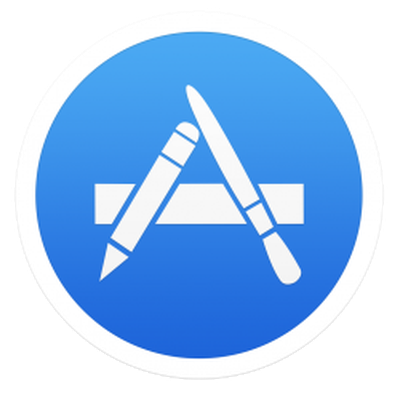 Apple has posted a new page on its developer website (via Cult of Mac) outlining reasons why it rejects apps from the App Store, giving tips on how to better prepare an app for a review. The page also gives the top ten reasons for app rejections during the 7-day period ending last week:
Apple has posted a new page on its developer website (via Cult of Mac) outlining reasons why it rejects apps from the App Store, giving tips on how to better prepare an app for a review. The page also gives the top ten reasons for app rejections during the 7-day period ending last week:
Top 10 reasons for app rejections during the 7‑day period ending August 28, 2014.
14%: More information needed
8%: Guideline 2.2: Apps that exhibit bugs will be rejected
6%: Did not comply with terms in the Developer Program License Agreement
6%: Guideline 10.6: Apple and our customers place a high value on simple, refined, creative, well thought through interfaces. They take more work but are worth it. Apple sets a high bar. If your user interface is complex or less than very good, it may be rejected
5%: Guideline 3.3: Apps with names, descriptions, or screenshots not relevant to the App content and functionality will be rejected
5%: Guideline 22.2: Apps that contain false, fraudulent or misleading representations or use names or icons similar to other Apps will be rejected
4%: Guideline 3.4: App names in iTunes Connect and as displayed on a device should be similar, so as not to cause confusion
4%: Guideline 3.2: Apps with placeholder text will be rejected
3%: Guideline 3.8: Developers are responsible for assigning appropriate ratings to their Apps. Inappropriate ratings may be changed/deleted by Apple
2% Guideline 2.9: Apps that are "beta", "demo", "trial", or "test" versions will be rejected
Apple states that these top ten reasons account for 58% of all app rejections, as it asks that developers focus on a number of aspects to ensure quality before a review. Those aspects including removing any bugs, fixing broken links, removing placeholder content, optimizing user interfaces, and more.
























Top Rated Comments
Why do I still see too many HTML-wrappers then?
Glassed Silver:mac
Lol
----------
This isn't a good idea. Allowing the user to revert would take pressure off developers to fix bugs quickly and to test thoroughly. It would also mean that developers would have to deal with even more users being on the previous version and the resulting support complexity that comes from that. And it would mean disabling automatic app updates for that app until the user remembers to re-enable them, which many people wouldn't causing them to miss the very update that is supposed to fix the bug! Finally, some apps would actually be further destroyed by the reversion process. For example, any app that uses Core Data would not be able to access any of its stored data if it was reversed after a Data Model update. If you don't understand what that means don't worry about it, just know that having users randomly deciding to revert would not improve the quality of iOS apps overall.
Took two more updates to correct the issue.
How do these very broken apps pass checks, not one but twice within two weeks.
Even Apples countdown timer has this bug on my 5, 5s and Mini Retina (iOS 7.1.2). Set the time to a 12hr clock and the timer reads as 00:00 on the locks screen, set the clock to 24hrs and the lock screen countdown works fine.
Even Apples own software has very obvious bugs that I really don't know how it passed testing. Actually worked perfectly on the original release of iOS 7. It broke after the first update and it's never worked properly since.
I really wish Apple would allow you to revert to a previous version of an app, when you try to install it you could have a simple list of why you are reverting, if Apple get a lot of the same feedback then they could pull the broken app quickly or force the developer to revert to an older version while it gets fixed.